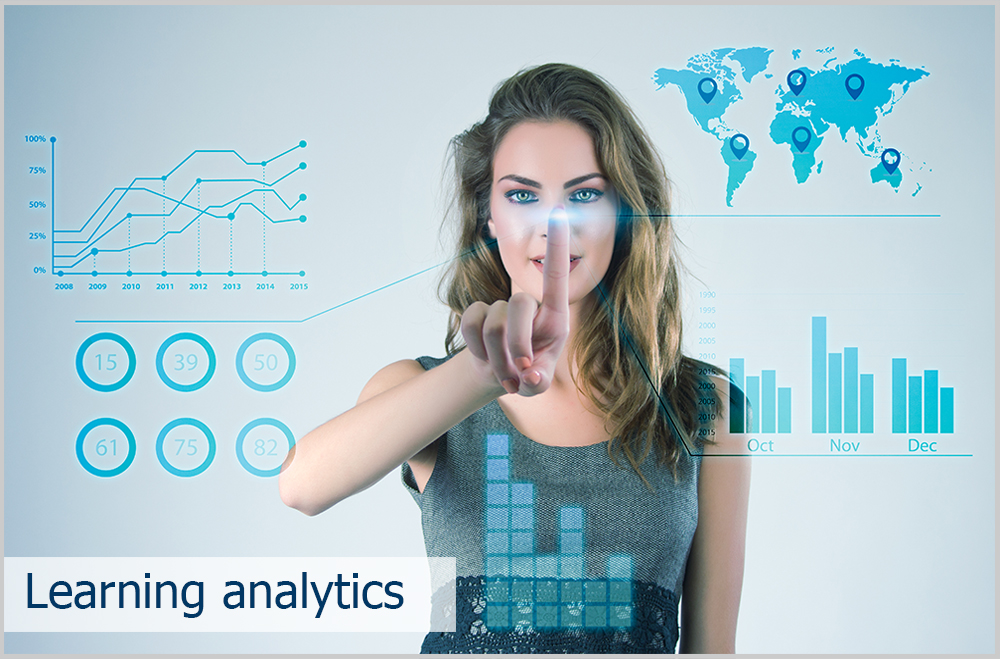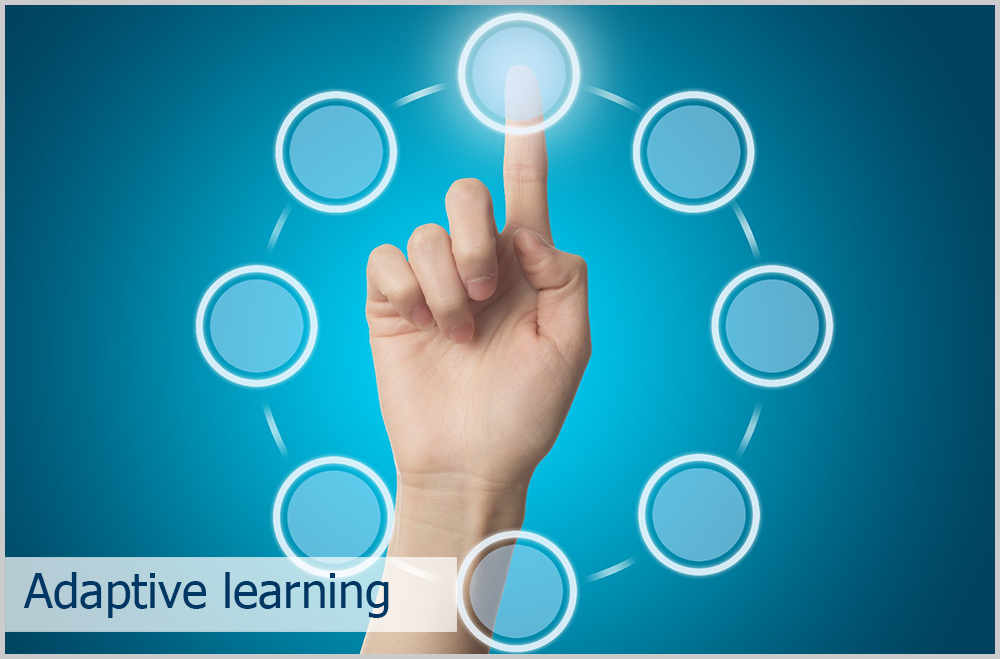Learning Analytics for English Language Teaching
Introduction
It’s no secret that technology has been used to aid learning for years. E-learning platforms have always been equipped with different reporting tools and dashboards, making information available to learners, instructors and administrators. These have been useful in reporting progress and completion, to measure how much time has been spent on different aspects of the course, and to see where mistakes and hints have been used.
It’s also no secret that that the rise of technology now impacts all aspects of our lives. Education is no different. Today, we can access more data. We can apply more intelligent algorithms to process the data. And we can use machine learning and other technology innovations to analyse, diagnose and predict. Learning Analytics uses advances in practice to make sense of data in different ways. This can help students to have greater insight into how well they are doing on each aspect of their learning, and gives course designers information on how well the resources are supporting their learners. The rise of Learning Analytics brings tools used for some time in business into the world of education, for the benefit of students, teachers, and organisations.
What does the Wext Learning Analytics look like?
Our approach to Learning Analytics harnesses the latest technological advances to answer four key questions:
- How am I progressing? This is data about what has already happened and is the descriptive phase.
- Why is that happening? This stage draws on the descriptive data and analyses why certain things took place. This is the diagnostic phase.
- How will I progress through my studies? This takes the descriptive and diagnostic data and uses it to look ahead into the future. This is the predictive phase.
- What should I do to improve? Finally, all previous data is used to recommend future actions. This is the prescriptive phase.
It is in the final two phases where learning analytics can add real value to students and teachers
How it works: 1. Predictive analysis
How do we do this? The analytics draw on the range of interactions each individual student has with the system. For example, we measure each learner’s active participation on the platform, such as using the dictionary tool, accessing feedback, learning from mistakes, or watching videos and animations. We also look at learner’s study habits, or the time they spend each day and week using the platform. We then pair this with their performance – correct and incorrect answers – and use this to make predictions about achievement levels and the likely time required to reach them.
How it works: 2. Prescriptive analysis
We can provide recommendations both to individual learners and to teachers about how to address gaps in knowledge for specific learning objectives.
Benefits of Wext Learning Analytics
The application of Wext’s Learning Analytics in English Language offers a broad range of benefits:
For the student:
- A student-centred approach to education, giving each student the information they need to plan their studies and monitor their progress
- Real-time feedback and interventions, based on real-time analysis of data
- A clear view of knowledge gaps, with support to fill them
- Tailored and constructive feedback that students can act on to improve their performance
For the teacher:
- Real-time feedback on student progress, at individual and group level
- Real-time feedback on the success of learning resources, with analysis to show what is working, and how students engage
- Early intervention for students that are struggling
- Data insights to effectively refine teaching strategies and approaches
- Information to help instructors judge their own educational efficacy
For the organisation:
- Helps to anticipate complications within a course, and enables early interventions
- Helps to anticipate complications with individual students, and enables early interventions
- Automatically updates students and teachers, keeping them informed about progress
- Optimizes student and teacher performance
- Uses analytics to provide data on how to improve teaching and learning, along with actionable intelligence
- Supports you to move from a basic understanding of student results to using analytics to positively impact student outcomes.



